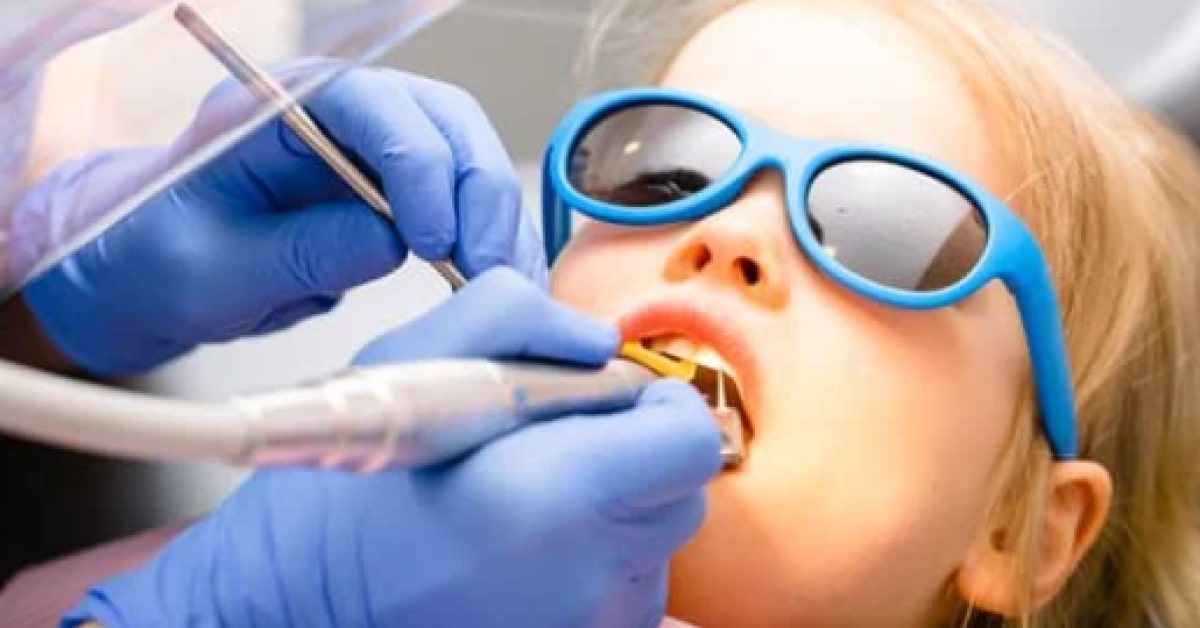Blog
July 06, 2023 • 10 mins readKey Moments in the History of Oral Cancer
Discover the key moments in the history of oral cancer and how it has evolved over time. Learn more about the advances in diagnosis and treatment of oral cancer.
Author
Danielle Duncan

In this Article
Approximately 54,540 new cases of oral cancer are diagnosed every year in the United States, leading to upwards of 11,580 deaths annually. Oral cancer is a significant health concern that has affected individuals throughout history. Taking the time to explore key moments in the history of oral cancer, shedding light on important milestones and advancements in its understanding and treatment can help dentists understand the importance of their role in watching for symptoms of oral cancer, diagnosing, and treating oral cancer.
Oral cancer is a significant health concern that has been a focus in the field of dentistry for many years. In this article, we will look at some of the key moments in the history of oral cancer and the advancements made in diagnosis, treatment, and prevention. Join us as we delve into the fascinating journey of oral cancer in dentistry.
The Discovery of Oral Cancer
One of the pivotal moments in the history of oral cancer was its initial discovery. Over the years, dental professionals observed various oral lesions and growths, but it wasn’t until the 19th century that the link between these abnormalities and cancer was recognized. This breakthrough allowed for further research and understanding of the disease.
Early Discoveries and Recognition
Oral cancer has been recognized since ancient times, with early civilizations noting its presence and attempting various treatments. However, it was not until the 19th century that significant progress was made in understanding the disease, leading to increased awareness and research into its causes and effects.
Link to Tobacco Use
In the early 20th century, a pivotal moment in the history of oral cancer occurred when a strong link between tobacco use and the disease was established. This groundbreaking discovery helped raise public awareness about the harmful effects of smoking and other tobacco products, leading to increased efforts in prevention and cessation.
Advancements in Early Detection
In the early 20th century, advancements were made in the early detection of oral cancer. As we all know, treatment and overall outcome depends highly on the different stages of oral cancer and how soon it is detected. Dentists started using tools and visual diagnostic techniques to identify abnormal tissues and lesions in the mouth. This led to the development of screening methods that allowed for the detection of oral cancer at an earlier stage, greatly improving patient outcomes.
Improvements in Diagnosis
With the advancement of technology, the field of dentistry made significant progress in diagnosing oral cancer. Techniques such as biopsies, imaging tests, genetic testing, and molecular markers have become integral in determining the presence of symptoms of cancer in mouth and extent of the disease. These diagnostic tools enabled dentists to make more accurate assessments and provide appropriate treatment plans.
Treatment Breakthroughs
Over the years, there have been significant breakthroughs in the treatment of oral cancer. Surgical procedures, radiation therapy, and chemotherapy have all played vital roles in managing the disease. Additionally, targeted therapies and immunotherapies have emerged as promising treatment options, offering new hope to patients.
Preventive Measures
Prevention has always been a crucial aspect of oral cancer management. The introduction of public health campaigns and educational programs related to oral cancer causes has raised awareness about risk factors such as tobacco and alcohol use, as well as the importance of regular dental check-ups. Dentists play a vital role in educating patients about oral hygiene and early detection, leading to a reduction in the prevalence of oral cancer.
Current Research and Future Perspectives
Ongoing research continues to shed light on the causes and mechanisms of oral cancer. Scientists are exploring innovative approaches, such as targeted therapies and nanotechnology, and genetic testing to enhance treatment outcomes and improve patient survival rates. The future of oral cancer in dentistry looks promising as advancements in technology and research open new doors for prevention, early detection, and personalized treatment.
The history of oral cancer is marked by significant milestones that have shaped our understanding and treatment of this disease. From early discoveries and recognition to advancements in surgical techniques, the introduction of chemotherapy and radiation therapy, advances in early detection, and breakthroughs in genetics and molecular research, each moment has contributed to improving patient outcomes and expanding our knowledge.
By learning from the past, we can continue to make strides in the prevention, early detection, and treatment of oral cancer. In conclusion, the history of oral cancer in dentistry has witnessed significant milestones in the areas of discovery, early detection, diagnosis, treatment, and prevention.
Dental professionals, with their expertise and dedication, have contributed immensely to improving patient outcomes and raising awareness about this devastating disease. As we move forward, the collaboration between dentistry and medical research will continue to drive progress in the fight against oral cancer.



